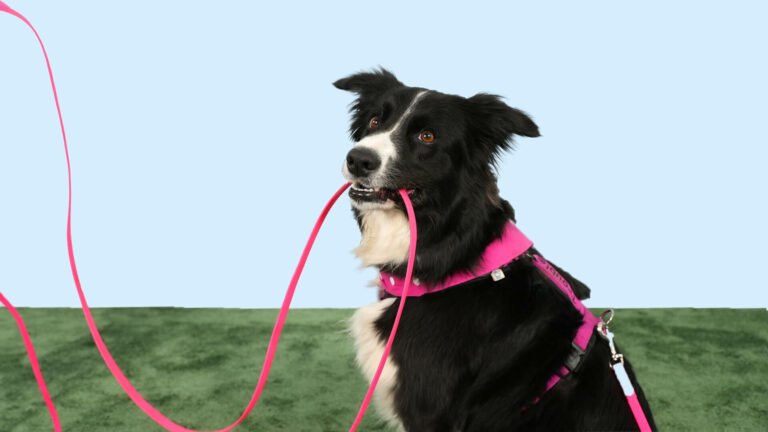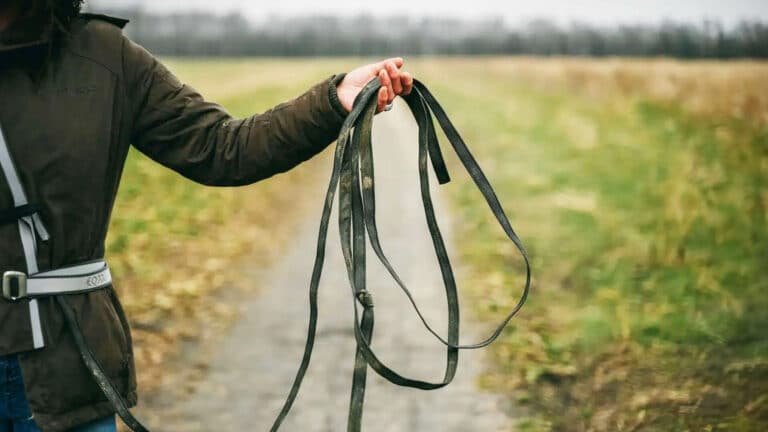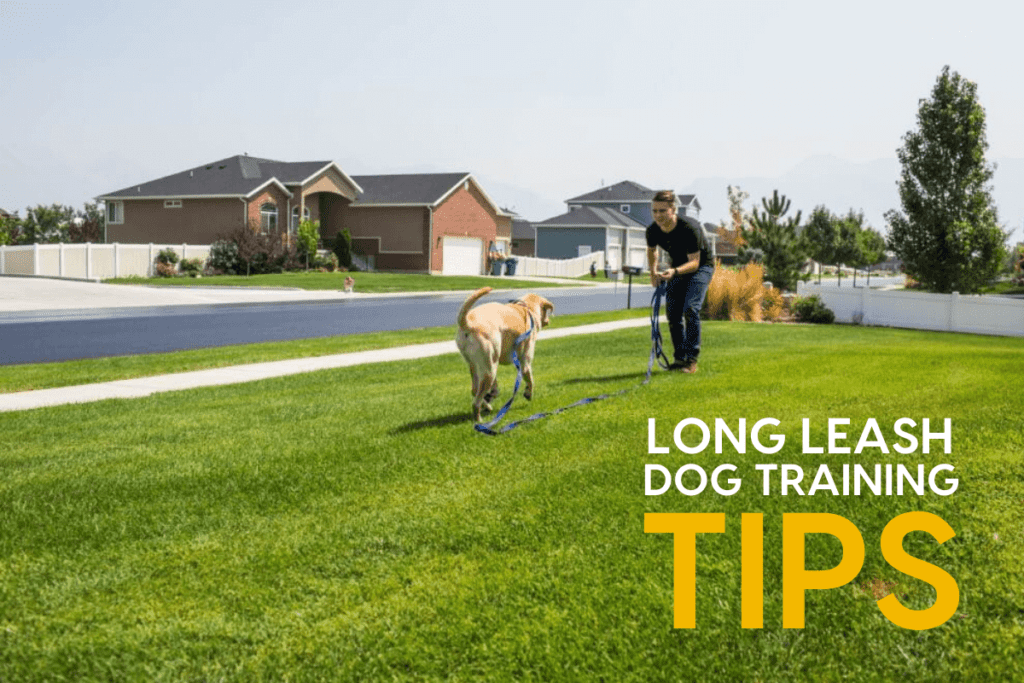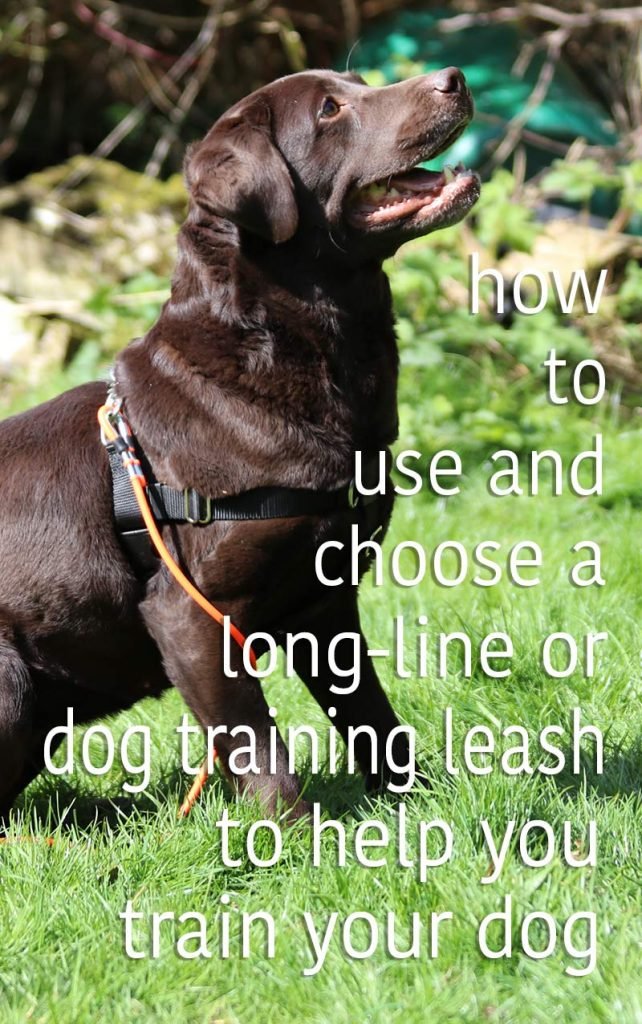Table of Contents
Are you looking to improve your pup’s training sessions? Look no further than the article on effective techniques for long dog training leads. This guide will provide you with insightful tips and tricks to make the most out of your dog’s training sessions while utilizing longer leads. Whether you’re teaching your furry friend basic commands or working on advanced skills, these techniques will help you establish a stronger bond and achieve better results. So, grab your dog’s favorite treats and get ready to embark on a training journey like no other!
Choosing the Right Long Dog Training Lead
When it comes to choosing the right long dog training lead, there are several factors to consider. The length and material of the lead, the comfort of the handle, the durability and strength of the lead, and the type of fastening are all important aspects to take into account.
Consider the Length and Material
The length of a long dog training lead can vary, so it’s important to choose one that suits your needs. If you are training a young or energetic dog, a longer lead may be more beneficial to allow them more freedom of movement. On the other hand, a shorter lead may be preferable for training purposes that require close control.
In terms of material, there are various options available, including nylon, leather, and rope. Nylon leads are commonly chosen for their durability and affordability. Leather leads, while more expensive, offer a classic and stylish option that can withstand heavy use. Rope leads are lightweight and easy to handle, making them a popular choice for training purposes.
Look for a Comfortable Handle
Training sessions can be long, so it’s important to have a comfortable handle on your long dog training lead. Look for leads with padded handles or those made from materials that offer a non-slip grip. This will help prevent discomfort and potential hand strain, allowing you to focus on effectively training your dog without any distractions.
Check for Durability and Strength
Durability and strength are paramount when choosing a long dog training lead. You want a lead that can withstand the force exerted by your dog without breaking or fraying. Some leads are reinforced with additional stitching or have double-layered material to ensure their longevity. It’s also important to consider the size and strength of your dog when selecting a lead, as larger breeds may require a more heavy-duty option.
Consider the Type of Fastening
The type of fastening on a long dog training lead is another important factor to consider. There are various options available, including snap hooks, carabiners, and harness clips. Snap hooks are commonly found on most leads and are easy to use, allowing for quick attachment and detachment. Carabiners are more secure and not as prone to accidental openings. Harness clips are designed specifically for use with harnesses and provide a secure connection point. Choose a fastening that is secure, easy to use, and compatible with your dog’s collar or harness.

Proper Handling and Usage of Long Dog Training Leads
Proper handling and usage of long dog training leads are essential to ensure the safety and effectiveness of your training sessions. By following a few guidelines, you can create a positive training experience for both you and your furry companion.
Ensure Proper Supervision
It’s crucial to supervise your dog at all times when using a long training lead. This allows you to quickly react and correct any unwanted behaviors or prevent potential accidents. Stay attentive and be prepared to intervene if needed, especially in unfamiliar or public areas where there may be distractions or hazards.
Train Your Dog in an Open and Safe Area
To provide your dog with ample space to move freely, it’s recommended to train them in an open and safe area. A fenced yard or a quiet park can be ideal for practicing obedience commands and reinforcing good behaviors. Avoid busy streets or crowded areas where your dog may become overwhelmed or distracted.
Learn Proper Handling Techniques
To ensure effective training, it’s important to learn and practice proper handling techniques when using a long dog training lead. Hold the lead firmly but not too tightly, allowing for some slack while maintaining control. Avoid jerking or pulling on the lead, as this can cause discomfort or even injuries to your dog. Instead, use gentle, steady movements to guide and redirect your dog as needed.
Avoid Tangling and Tripping Hazards
Long training leads can sometimes be prone to tangling or tripping hazards, especially in open spaces or areas with obstacles. To prevent this, be mindful of your surroundings and avoid allowing the lead to become tangled around your dog’s legs or other objects. Regularly check for any potential hazards and make adjustments to keep the lead clear and free of entanglements.

Effective Techniques for Training with Long Dog Leads
Long dog training leads offer a variety of training opportunities to strengthen the bond between you and your dog, as well as develop their obedience and control. Here are some effective techniques to incorporate into your training sessions:
Basic Recall Training
One of the most important commands to teach your dog is the recall command, which ensures they come back to you when called. With a long training lead, you can gradually increase the distance between you and your dog while practicing the recall command. Start in a controlled environment with minimal distractions and reward your dog for successfully returning to you. Gradually increase the difficulty level by adding distractions or practicing in different locations.
Training Loose Leash Walking
Walking on a loose leash is a valuable skill that makes walks more enjoyable for both you and your dog. Use the long training lead to practice loose leash walking by allowing your dog some freedom to explore while maintaining control. Whenever your dog starts to pull or walk ahead, gently redirect their attention and encourage them to walk beside you. Reward them with praise and treats for walking on a loose leash, reinforcing the desired behavior.
Working on Distance Commands
With a long training lead, you can gradually increase the distance between you and your dog while practicing distance commands, such as “sit” and “stay.” Start close to your dog and gradually move further away, using the lead to guide them into the desired position. Reward your dog for successfully following the command and gradually increase the distance and duration of the commands.
Training for Boundary Control
Long training leads are particularly useful for training boundary control, such as teaching your dog to stay within a certain area. Set up a designated boundary, such as a specific area in your yard, and use the lead to guide your dog within the boundaries. Reward them for staying within the designated area and gradually increase the time they must remain within the boundary before receiving a reward.

Maintaining and Caring for Long Dog Training Leads
Proper maintenance and care of your long dog training lead are essential to ensure its longevity and effectiveness. Here are some tips to keep your lead clean, intact, and ready for use:
Clean and Dry Regularly
Regularly clean your long training lead to remove dirt, debris, and any unpleasant odors. Follow the manufacturer’s instructions for cleaning or simply hand wash the lead using mild soap and warm water. Rinse thoroughly and allow it to air dry completely before storing it away.
Inspect for Any Damages
Periodically inspect your long training lead for any signs of wear or damage. Check for fraying, loose stitching, or weak spots that could potentially lead to a break. If any damages are found, it’s important to repair or replace the lead to maintain its integrity and prevent any accidents during training.
Store Properly When Not in Use
When your long training lead is not in use, it’s important to store it properly to prevent any damage or tangling. Consider using a designated storage bag or a hook where you can hang the lead to keep it organized and untangled. Avoid storing the lead in direct sunlight or in damp areas that could cause mold or deterioration.
By choosing the right long dog training lead, properly handling and using it, incorporating effective training techniques, and maintaining it well, you can make the most out of your training sessions and set your dog up for success. Happy training!




